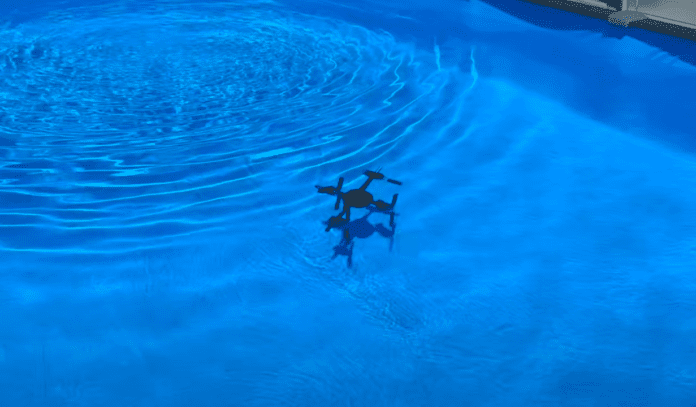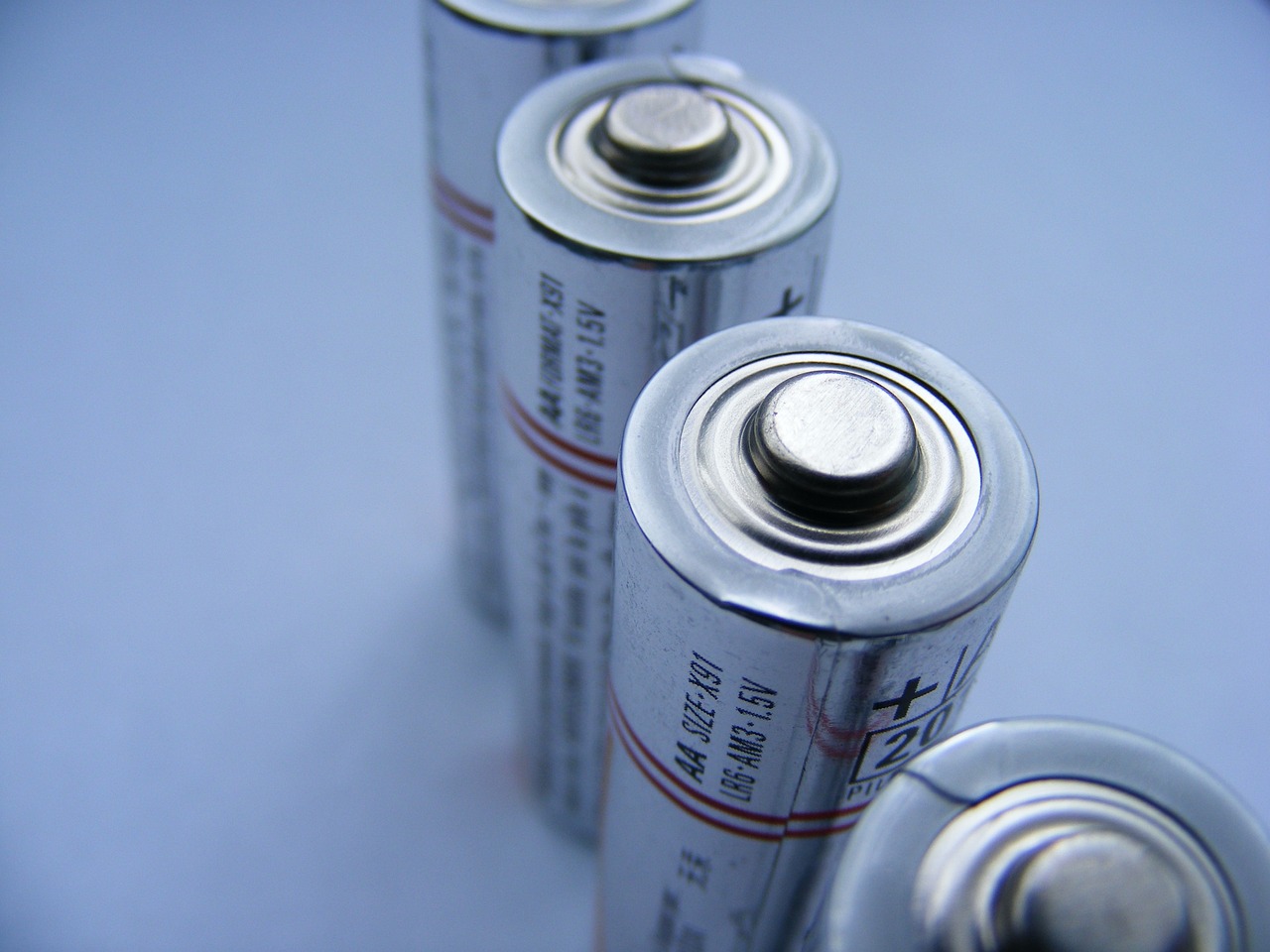This post is also available in:
 עברית (Hebrew)
עברית (Hebrew)
A new hybrid drone developed by engineering students at Aalborg University in Denmark demonstrates a rare and fluid transition between flight and underwater navigation—showing that a single compact platform can operate effectively in both air and water without major mechanical reconfiguration.
Designed as part of a bachelor’s thesis in applied industrial electronics, the 3D-printed drone is capable of taking off vertically, diving into water, maneuvering beneath the surface, and launching back into the air—all in a continuous sequence. A recently published video of the prototype highlights multiple cycles of the air-to-water transition, showing smooth and repeatable performance.
According to Live Science, the key to this dual-environment operation lies in a variable pitch propeller system. The system allows the propeller blades to change their angle depending on the medium: a steeper pitch for air, generating sufficient lift, and a flatter configuration in water, reducing resistance and improving propulsion. The setup also supports reverse thrust, giving the drone added agility underwater.
The entire project was built over two academic semesters. The students designed the drone’s structure, manufactured parts using 3D printing and CNC machining, and programmed the control systems from scratch. The result is a streamlined, modular prototype that relies on relatively accessible materials and tools.
While aerial-underwater drones have been explored in previous research efforts, the Aalborg project stands out for its execution. Rather than relying on complex transformation mechanisms, it achieves smooth environmental transitions using a propeller-only solution, minimizing the need for mechanical alterations.
Though still in prototype form, the platform points to several possible applications. Its use cases could include maritime inspection, environmental monitoring, search and rescue, and defense. A drone that can operate seamlessly above and below the surface offers clear advantages in scenarios where visibility, access, or terrain change rapidly.
For now, the Aalborg prototype remains an academic proof of concept. Still, it presents a practical demonstration of how a dual-medium vehicle can be built with off-the-shelf components and a clear engineering focus—offering a glimpse at future capabilities in robotics and remote sensing.


























